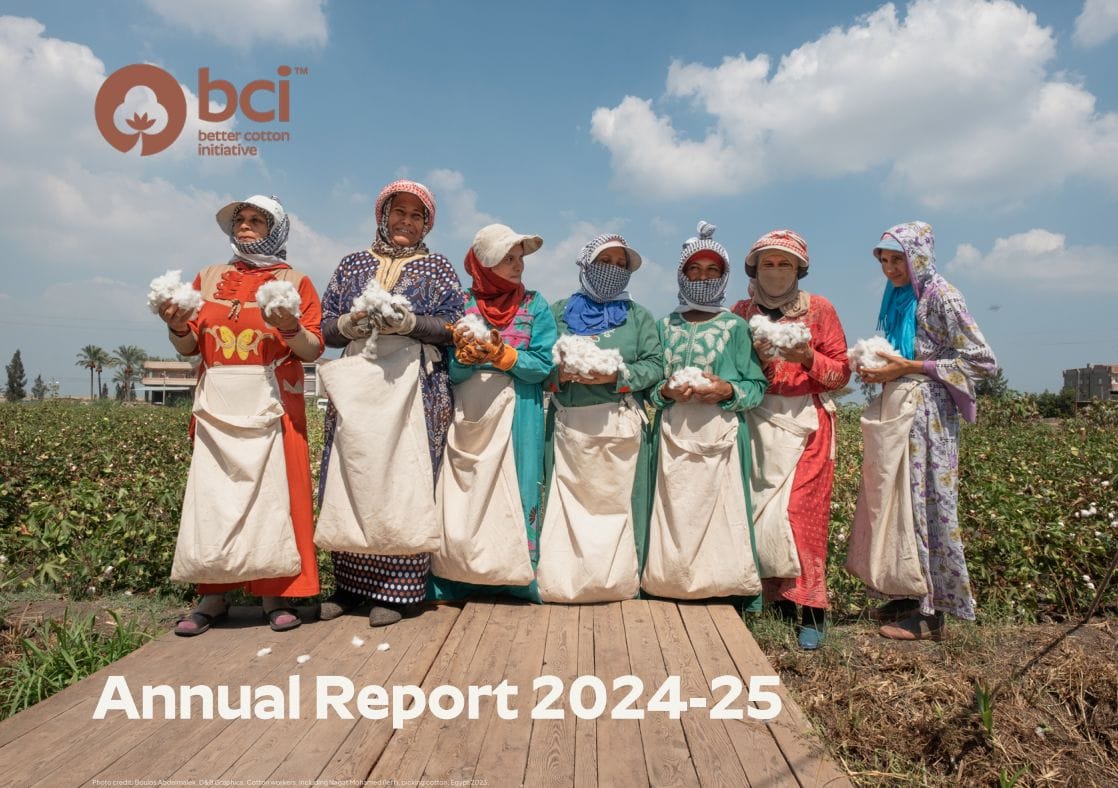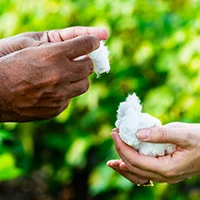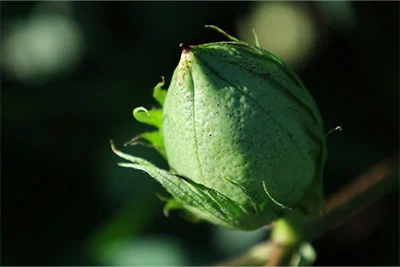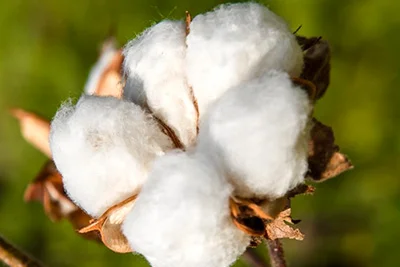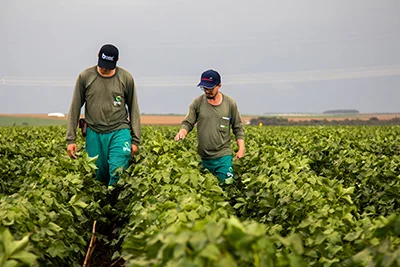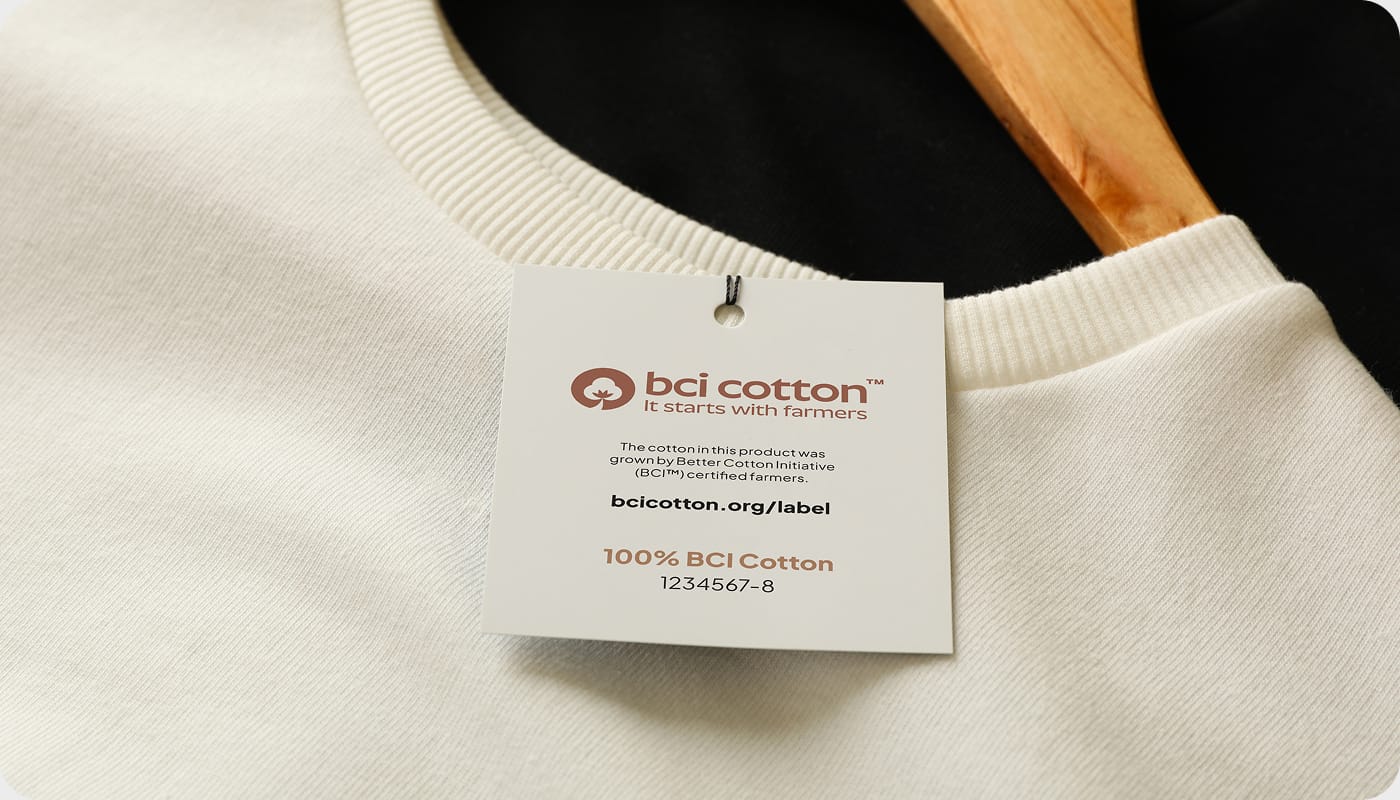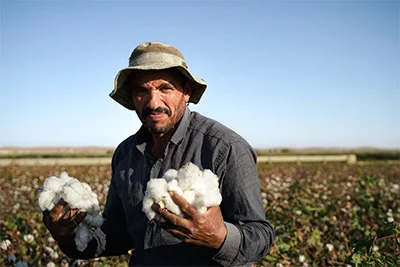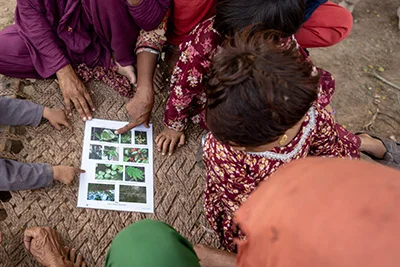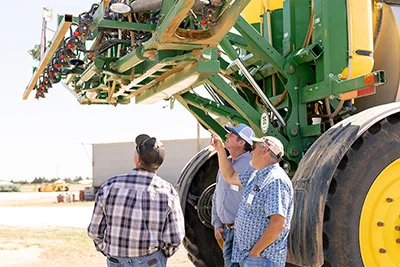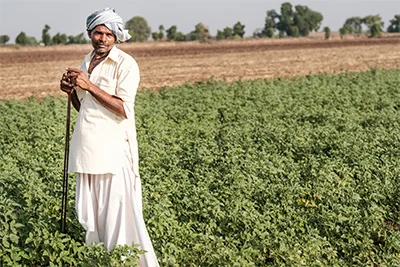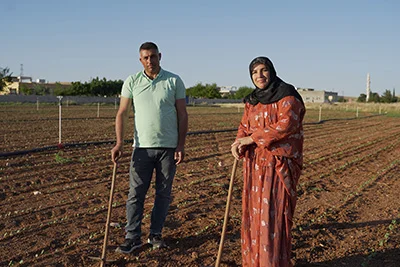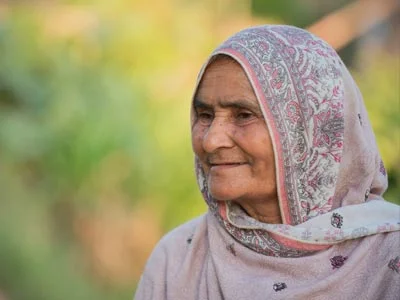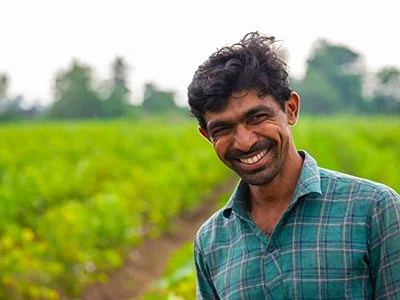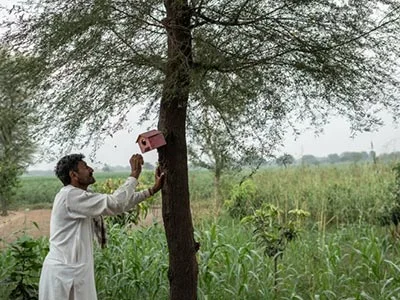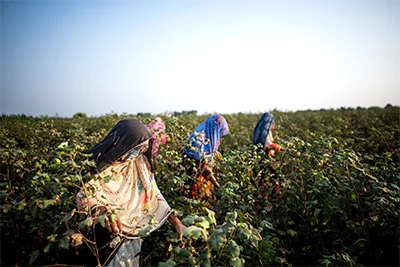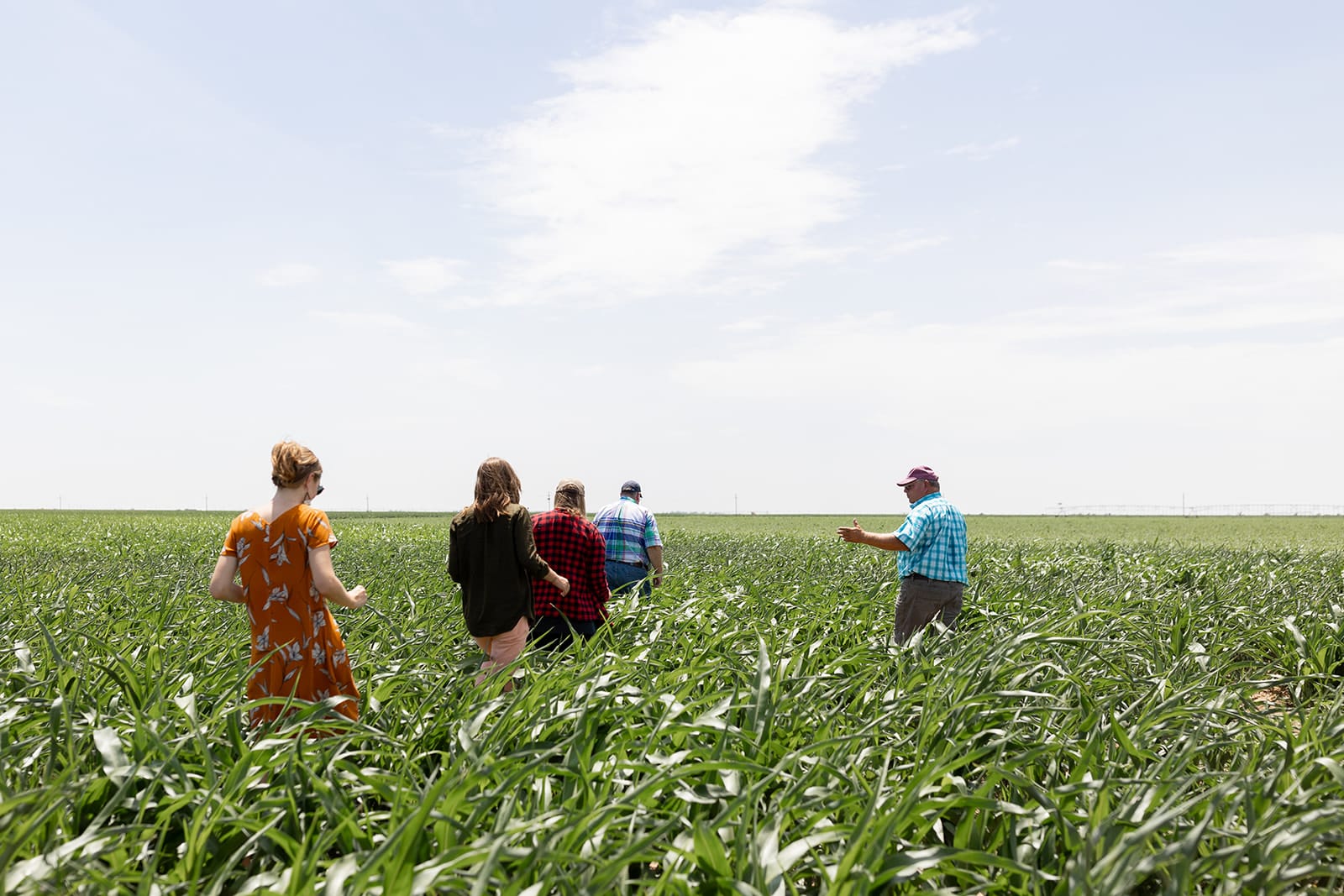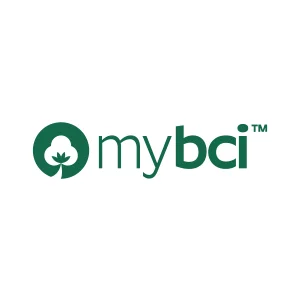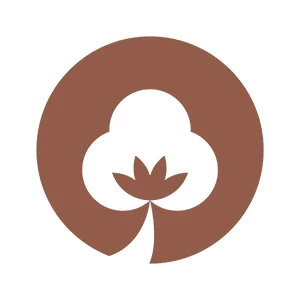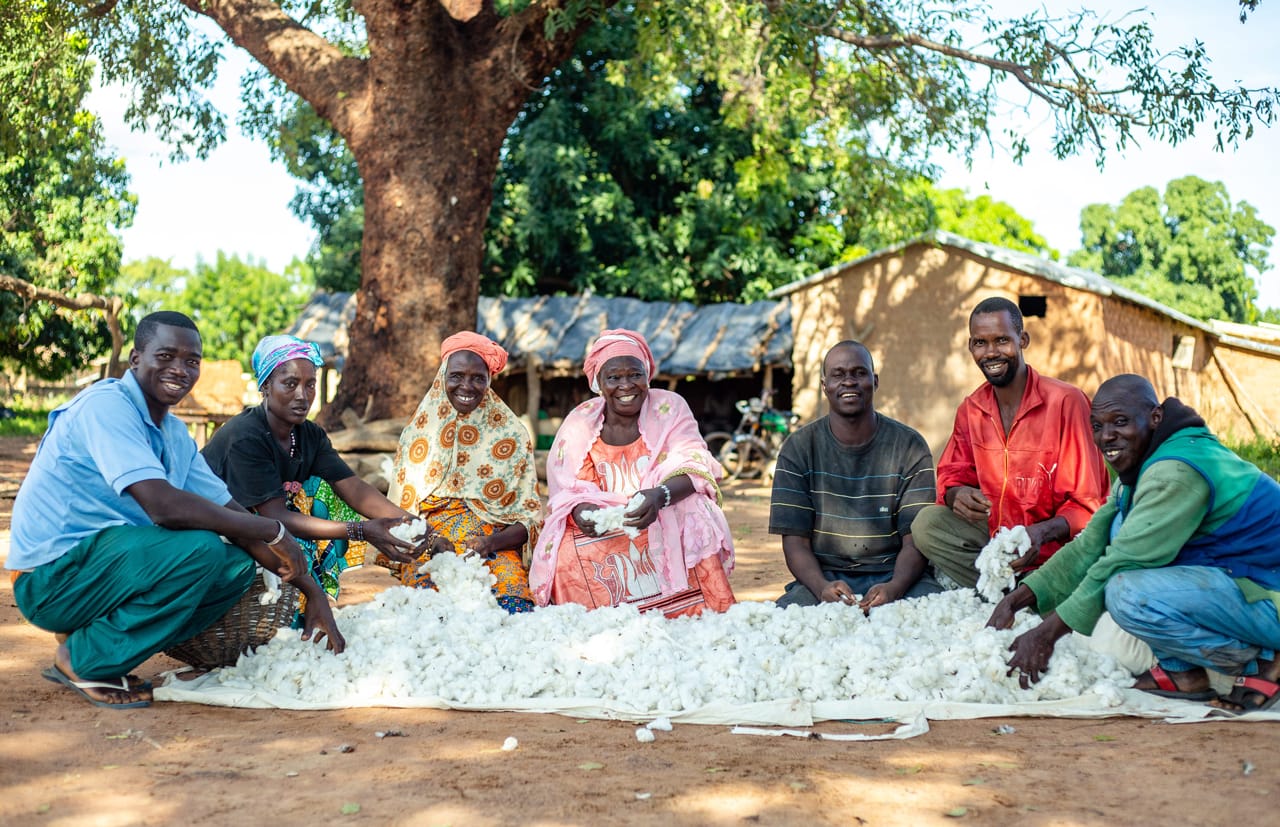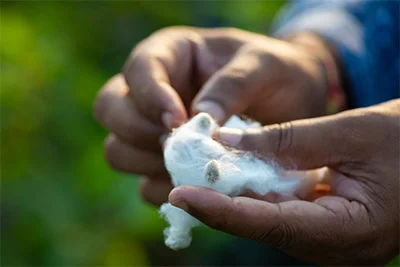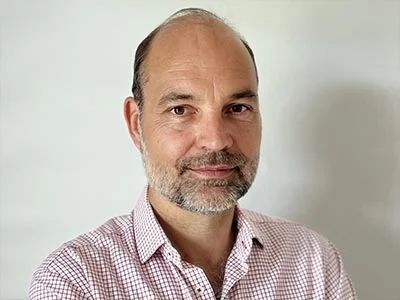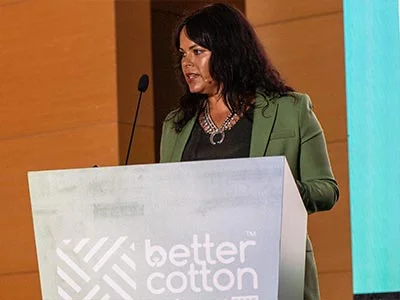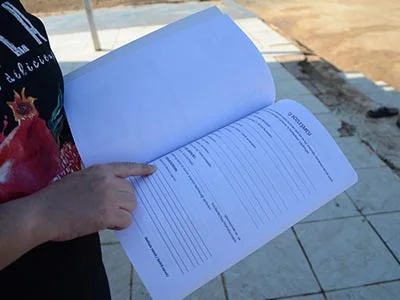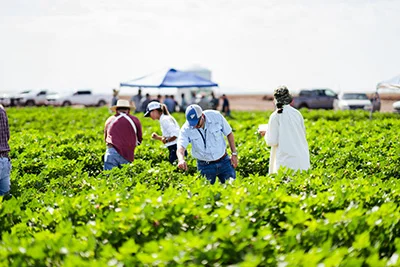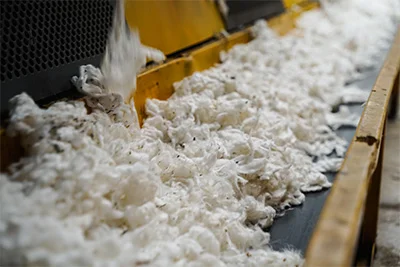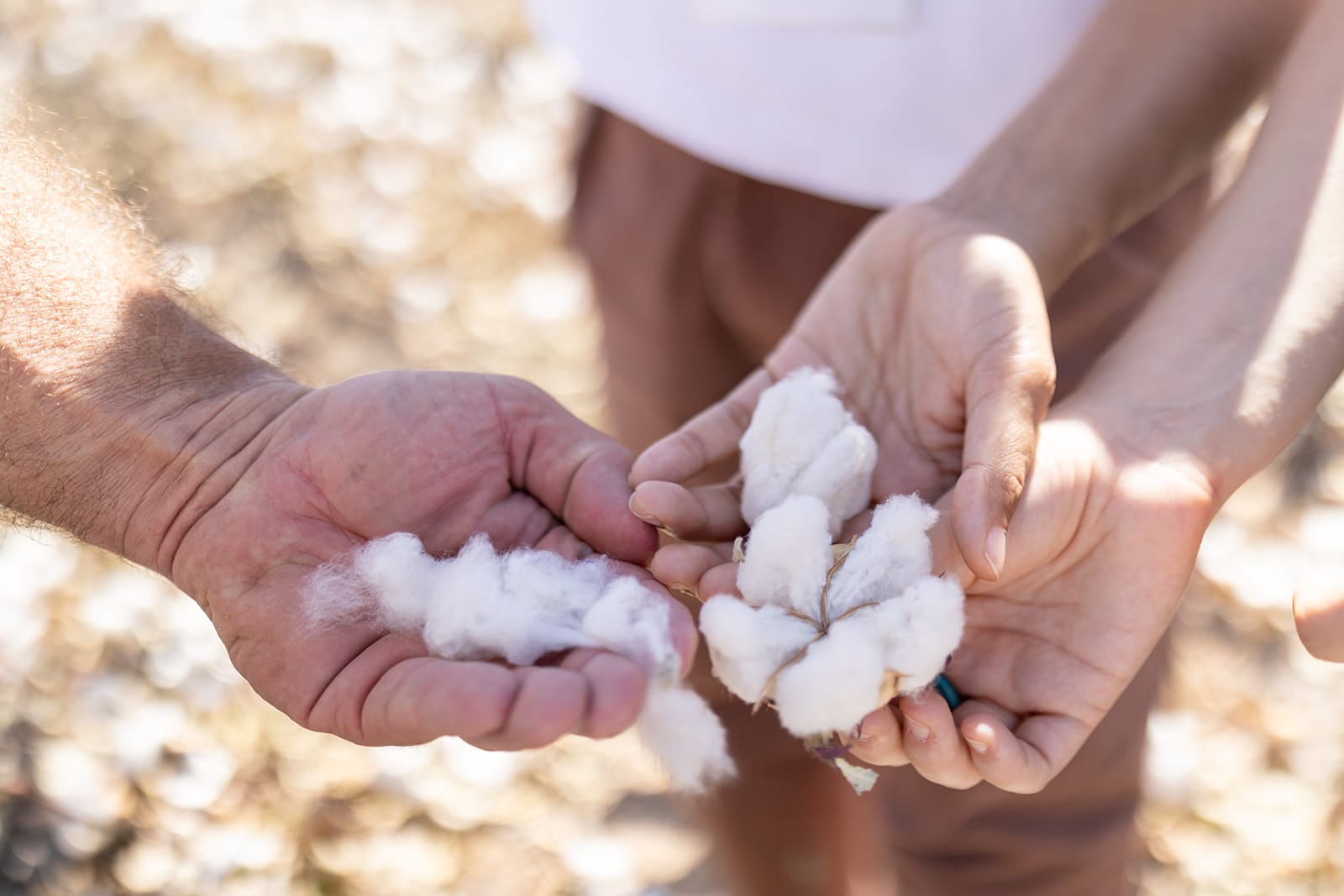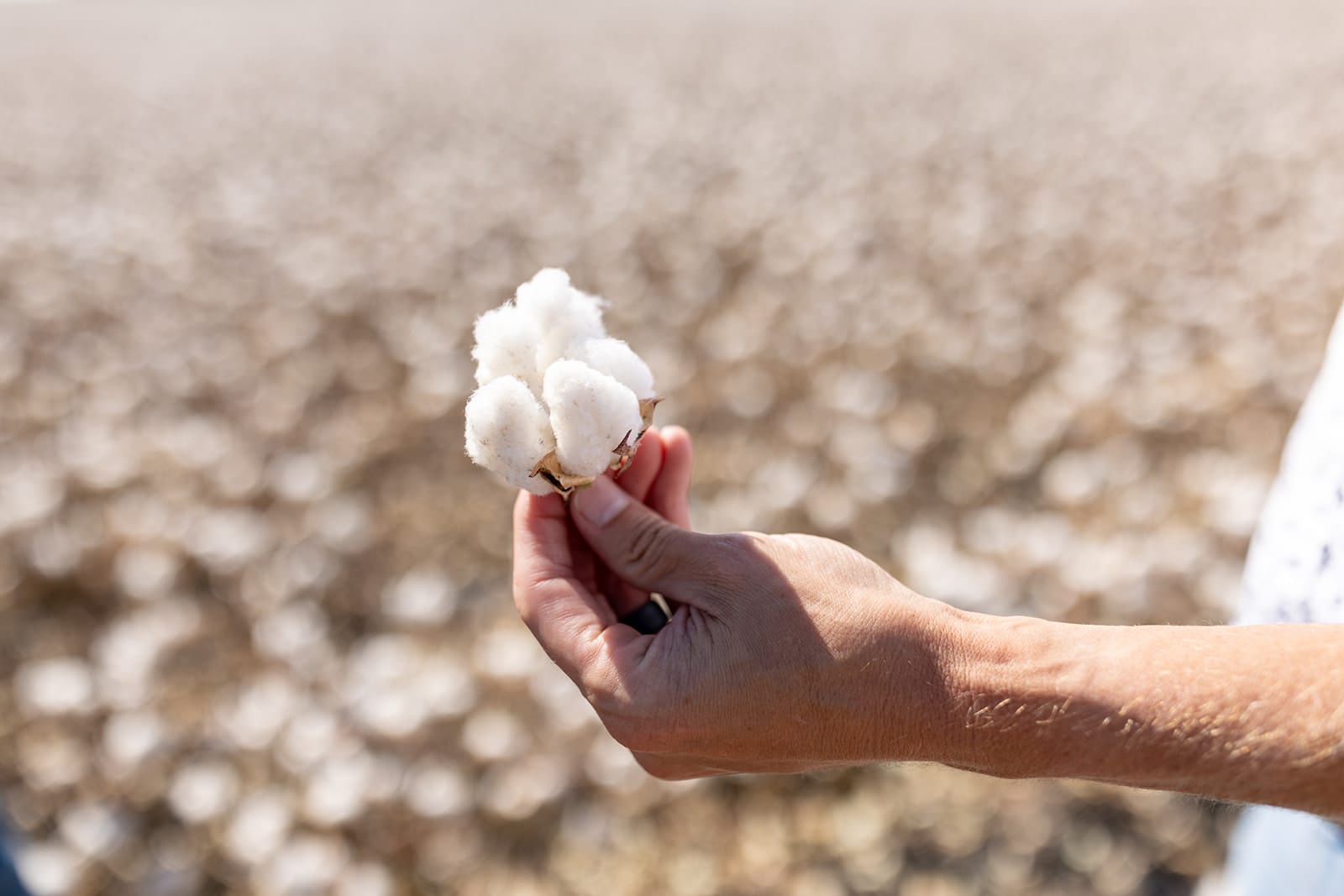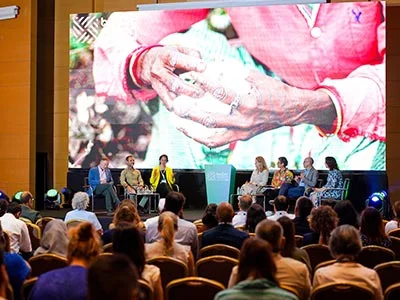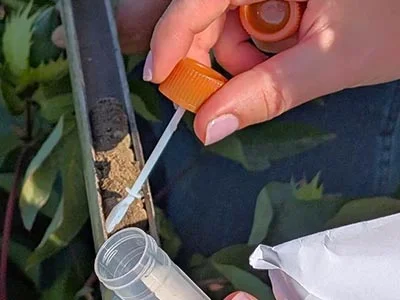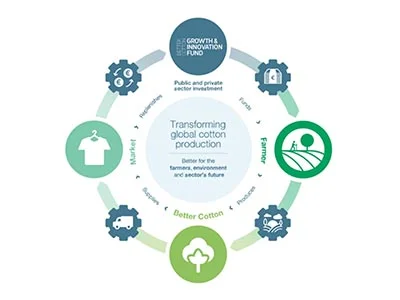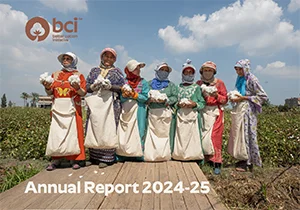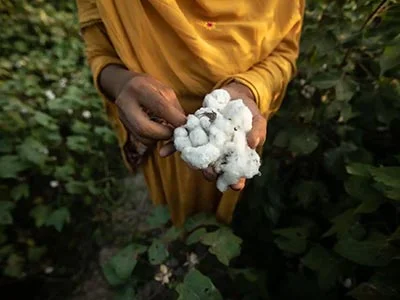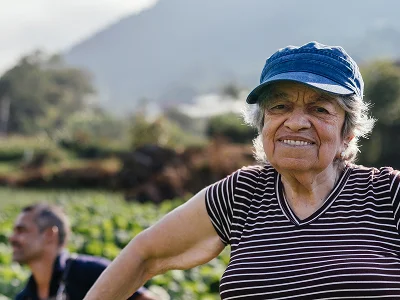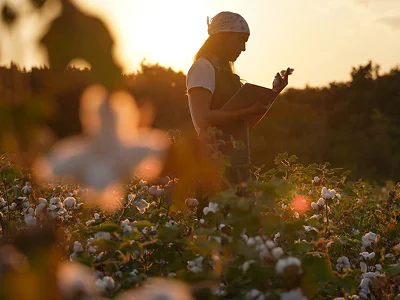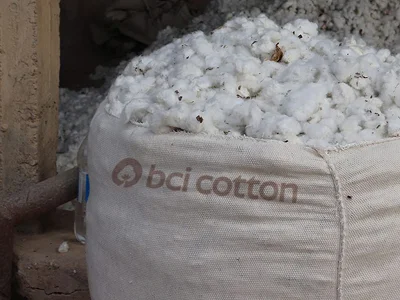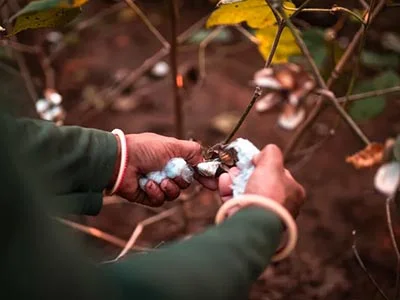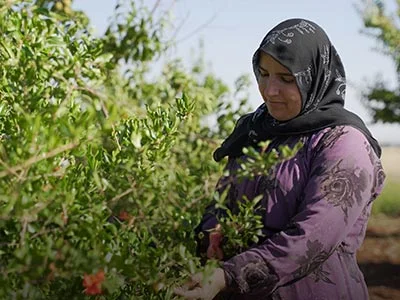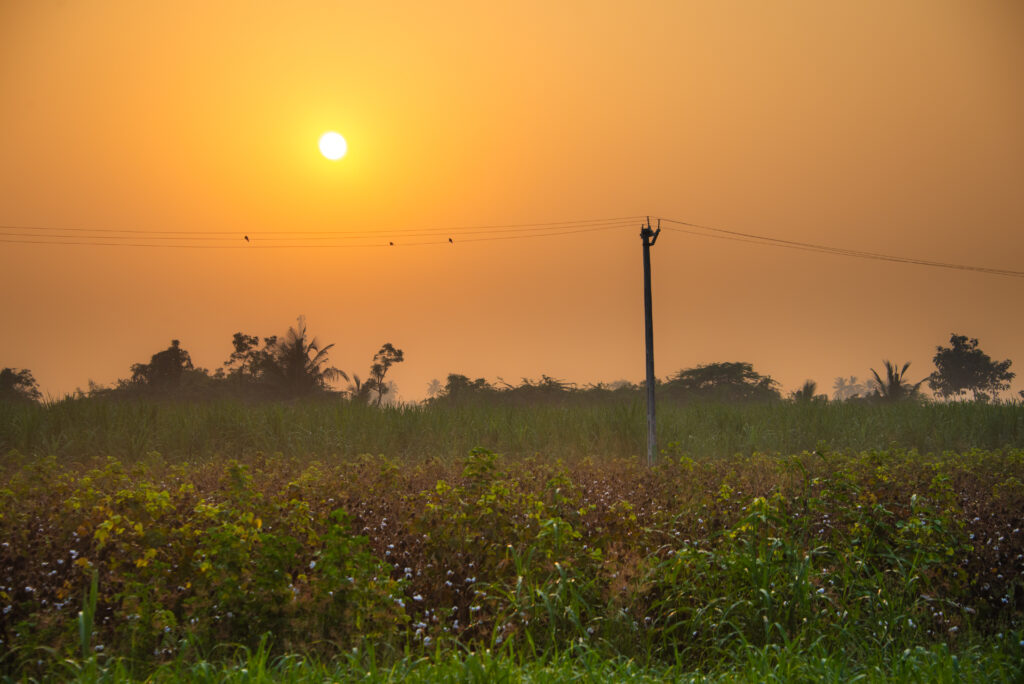

By Klara Shepherd, Senior Coordinator for Climate Projects and Partnerships at Better Cotton
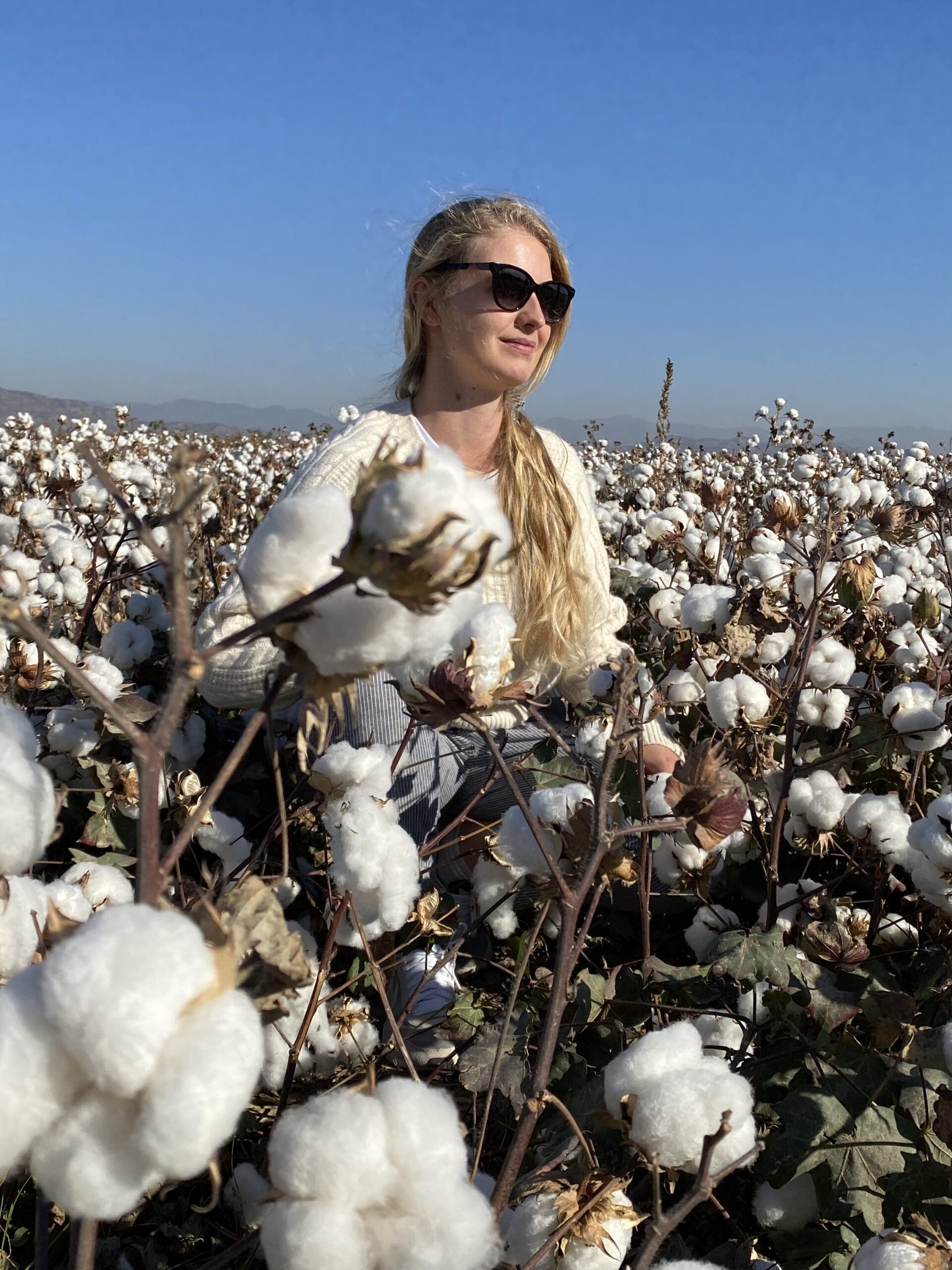

Mitigating the worst effects of climate change is central to many corporate and organisational strategies, and at Better Cotton, many of our Retailer and Brand Members are setting decarbonisation targets that require action throughout their supply chains, all the way back to the farm level.
We are aware of this need throughout global supply chains, and reducing emissions has been a central priority for us since we set our 2030 emissions reduction target as part of our strategy to deepen our impact.
At the same time, farmers are suffering increases in temperature, growing risks of both drought and flooding, and irregular weather patterns, changing decades of farming practices. We cannot place too great a burden on these farmers, particularly those most vulnerable to the effects of climate change, so we rely on the support and investment of our members to ensure that Better Cotton production benefits both the environment and the farmers who grow it.
Climate action is a collective effort that depends on every part of the cotton value chain. This is why, since 2023, Better Cotton’s Impact and Monitoring, Evaluation, and Learning teams have been collaborating on a project to track, report, and drive value through greenhouse gas (GHG) emissions data from Better Cotton Farmers.
Making An Impact On Scope 3 Emissions
Emissions are generally categorised into three scopes. Scope 1 covers direct emissions from a company’s operations, such as physical stores or company-owned vehicles, directly tied to its assets. Scope 2 involves emissions from the consumption of purchased electricity.
It is within most brands’ Scope 3, however, that Better Cotton and our farmer network can add value. From raw material production and manufacturing to disposal of textiles, this is the area where progress can be achieved with our support – both by reducing emissions through improved sustainability practices and removing carbon via nature-based solutions.
What Are Scope 1, 2 and 3 Carbon Emissions?
Scope 1: Direct emissions from a company’s operations, such as those from physical stores or company-owned vehicles.
Scope 2: Direct emissions from the consumption of purchased electricity.
Scope 3: Indirect emissions from activities across the value chain, accounting for an average of 96% of brands’ greenhouse gas emissions. Examples of these emissions include raw material production, manufacturing, packaging, employee commutes, and post-consumer activities such as care and disposal of textiles.
Mitigation Through Adaptation
Better Cotton’s position on climate action emphasises the importance of driving mitigation through adaptation and strengthening farmer resilience. Particularly when working with smallholders and marginalised farmer groups, it is crucial to avoid ‘carbon tunnel vision,’ as mitigation interventions do not always align with farmer needs. A key aspect of enhancing farmers’ resilience to the climate crisis and its impacts is diversifying and improving their livelihoods and access to finance.
Below, we provide a preview of key aspects of Better Cotton’s greenhouse gas accounting and reporting plans that will help our members address these challenges and achieve meaningful progress toward their decarbonisation targets.
Farm Footprinting
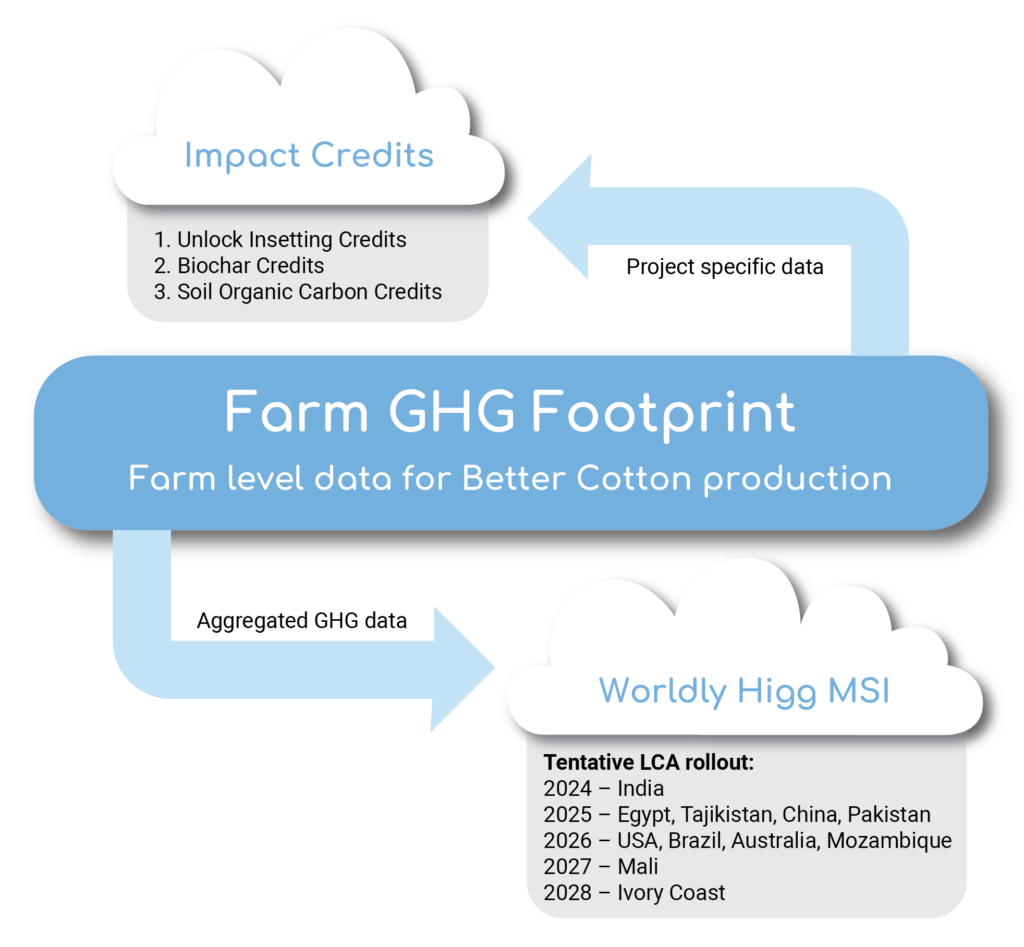

Better Cotton is developing a methodology to account and report on farm-level emissions for cotton production. This approach, referred to as “farm footprinting”, will leverage field-level data and industry-aligned accounting tools to ensure credible results. It will enable Scope 3 emissions reporting for those sourcing Better Cotton and drive initiatives on-farm to further reduce emissions. This work will support the following outputs:
- Farm footprint analysis in 2025, a mid-point check-in for our 2030 emissions reduction target
- Updated and improved rollout of Life Cycle Assessments for Better Cotton countries, released by Worldly’s Higg Index (currently available in India)
- Better Cotton’s inaugural Farm Footprint Report, set to launch in 2026, with annual updates to follow
We will use farm footprint data, along with other tools and research we are developing, to focus on field-level initiatives. This will involve climate action inventories and risk assessments to ensure we achieve maximum impact in mitigating emissions while meeting farmer needs. By promoting the adoption of locally relevant practices and holistic climate approaches, we aim to build farmer resilience.
Creating Innovative and Scalable Solutions
In addition to our farm footprinting efforts, Better Cotton is focused on scaling innovative projects that positively impact farmers. This will be achieved through enhanced emissions data on cotton production and project-based interventions, such as:
- Exploring carbon standards to incentivise farmers and link investment to additional carbon reductions, removals, and sequestration.
- Leveraging nature-based solutions. The agricultural sector offers unique opportunities for carbon sequestration and storage, where carbon is captured from the atmosphere and durably stored in soil, trees, or other biomass on farms, or in the form of biochar made from crop residue.
Better Cotton is committed to supporting our farmers and members while embracing opportunities to pursue innovative and scalable solutions. Carbon markets and nature-based solutions are two exciting ways to provide a pathway to net-zero and nature-positive journeys for Better Cotton’s members, while ensuring equitable access to the market for farmers.
In 2023, Better Cotton received funding from the ISEAL Innovations Fund to address three key areas:
- Accurate and cost-effective GHG measurement: Defining a methodology for GHG footprinting of Better Cotton production, enabling it to be reported as the emissions associated with producing one kilogramme of Better Cotton lint.
- Exploring chain of custody requirements: Examining corporate emissions accounting and leveraging carbon data (reductions in emissions and removal of carbon through nature-based solutions) to incentivise and remunerate farmers.
- Supporting climate advocacy: Ensuring carbon accounting and reporting includes smallholder farmers, who produce 75% of the world’s cotton. While mitigation is vital to global decarbonisation, it must be paired with efforts to help farmers build resilience to the consequences of the climate crisis such as heatwaves, droughts, and floods, which severely impact agricultural communities.
The project concluded in early 2025, with ongoing work transitioning to Better Cotton’s Monitoring, Evaluation, and Learning, and Impact teams. These teams will leverage the methodology developed during the project to produce the first Farm Footprint Report, providing detailed insights into granular greenhouse gas emissions.
This project was possible thanks to a grant from the ISEAL Innovations Fund, which is supported by the Swiss State Secretariat for Economic Affairs SECO.
Thanks to ISEAL and the support and engagement of other Voluntary Sustainability Systems, Better Cotton is proud to be part of decarbonisation efforts that simultaneously support and incentivise farming communities globally.
Are you a Better Cotton Retailer and Brand Member interested in learning more?
Join one of our upcoming Member Workshops in April, taking place in Australia (Sydney or Melbourne), France, Germany, Spain, the Netherlands, the UK, or the USA.
You can also register for the Better Cotton Conference taking place on 18-19 June in İzmir, Türkiye, open to all, not just members. It is an excellent opportunity for anyone interested in our work to engage and learn more.

